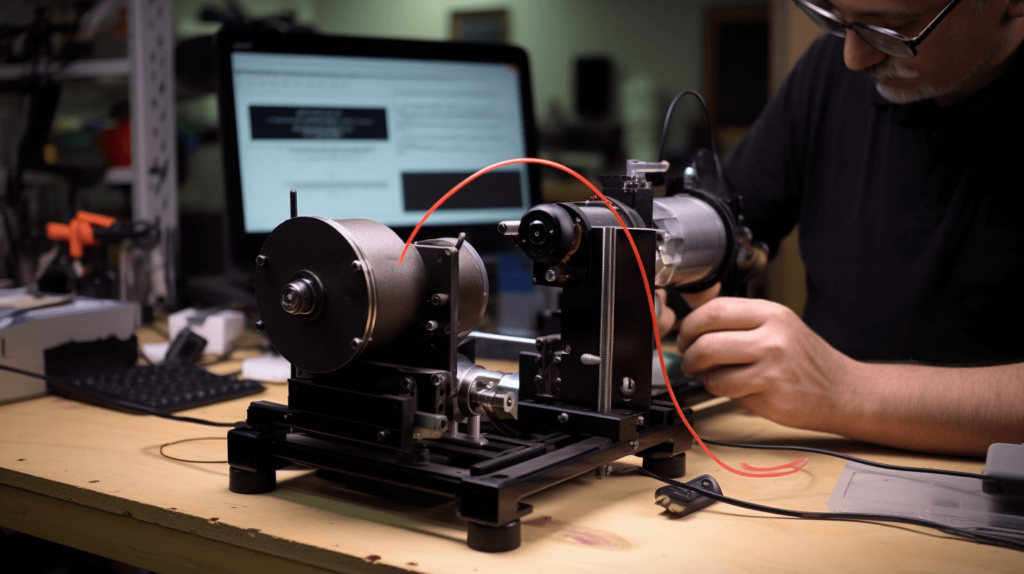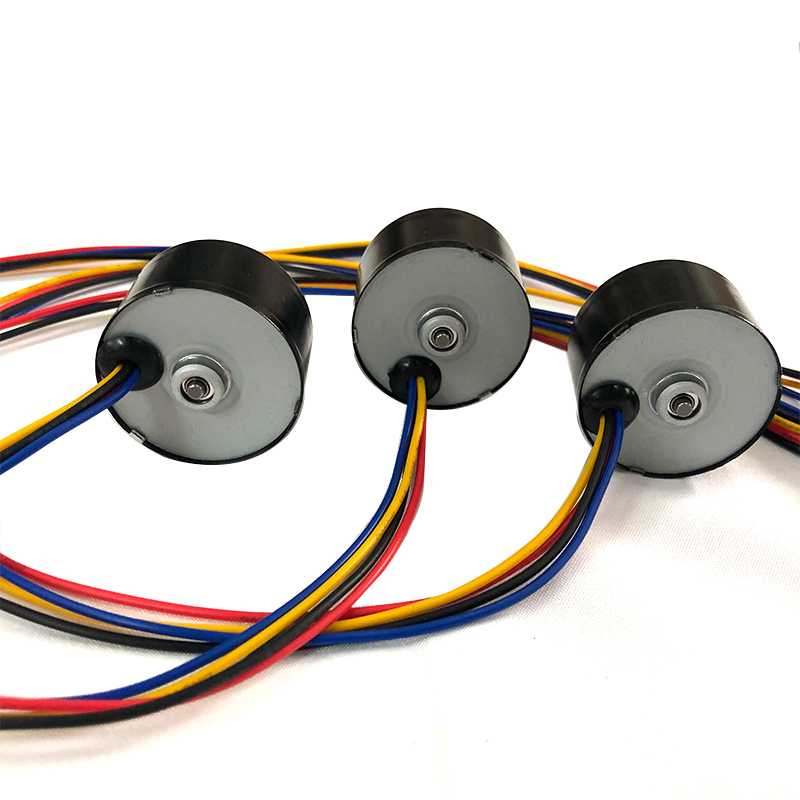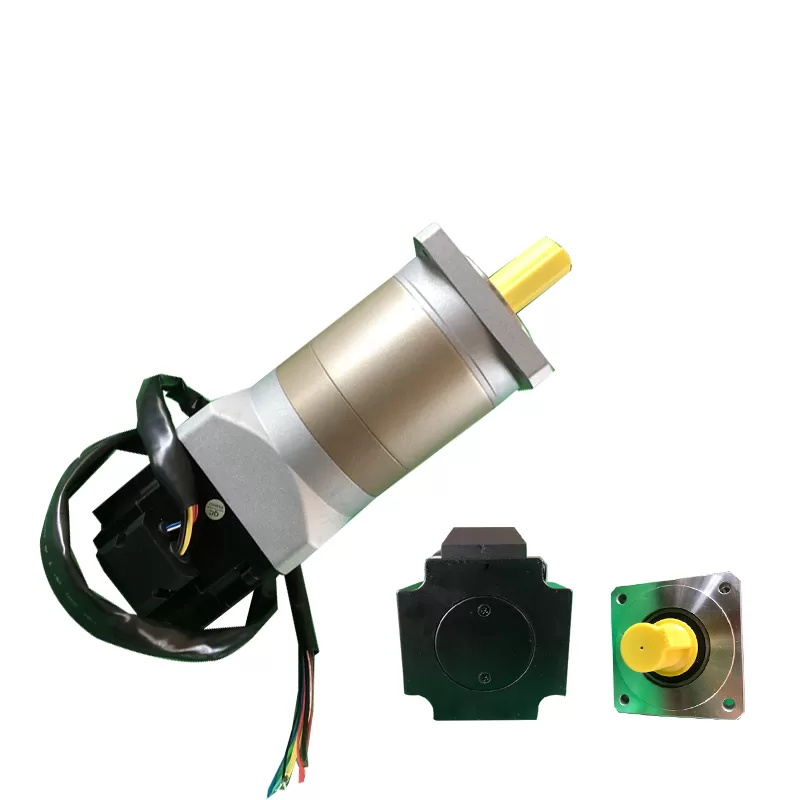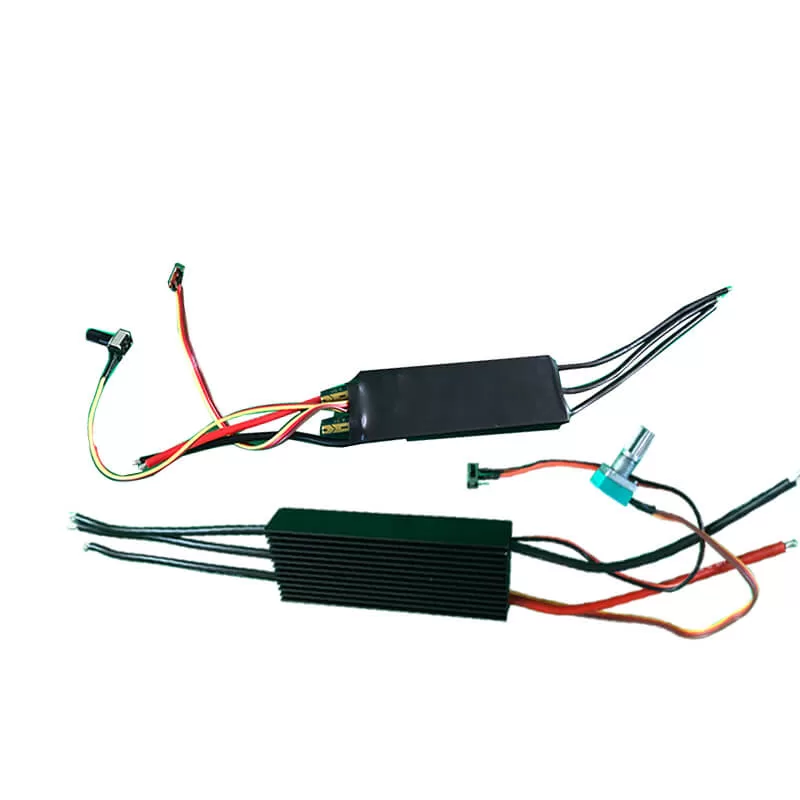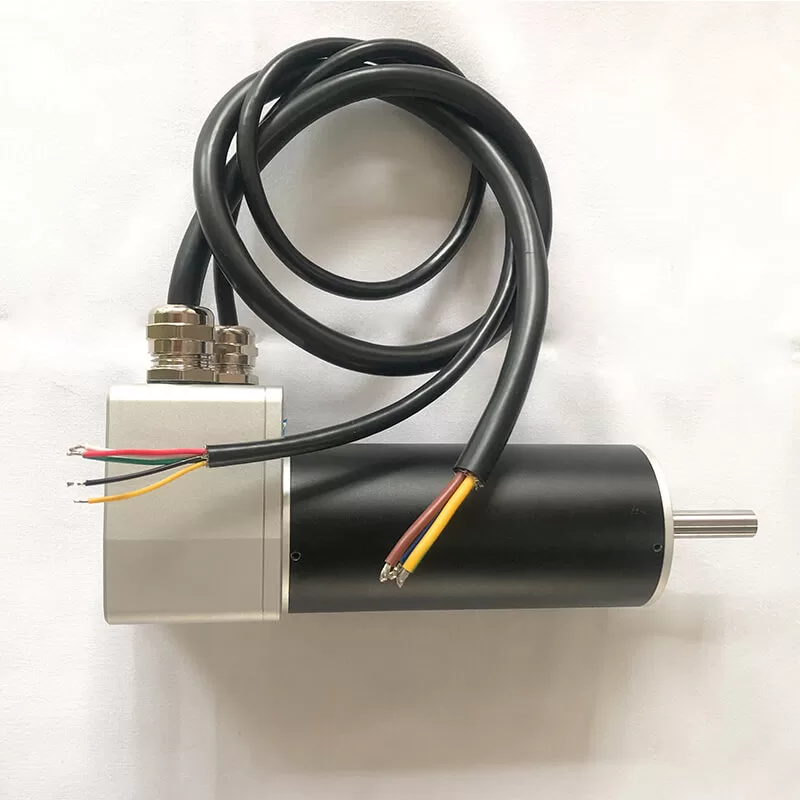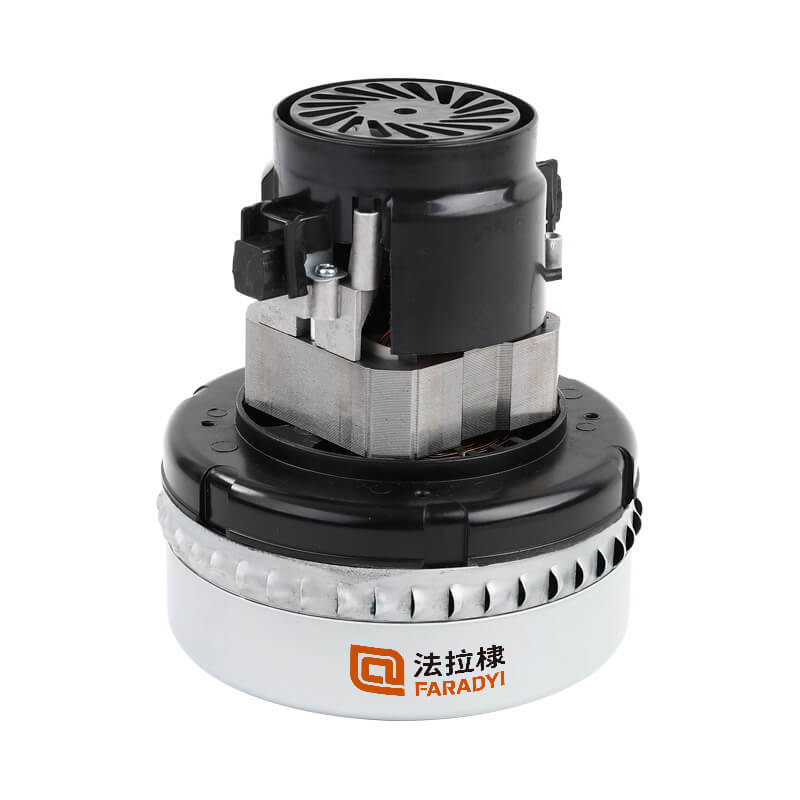Brushless motors have become extremely popular in recent years for applications like drones, electric vehicles, and other robotics projects. A key specification you’ll see when shopping for brushless motors is the Kv rating. But what exactly does motor Kv mean and how is it useful? This article will provide a complete explanation of Kv for brushless motors.
What is Kv?
Kv stands for “rpm per volt” and refers to the number of revolutions per minute a brushless motor will turn per volt applied (with no load). It provides an indication of how fast a motor will spin at a given voltage.
For example, a motor with a Kv rating of 1000 will spin at 1000 RPM when 1V is applied to the motor. Apply 10V and it will spin at 10,000 RPM (assuming no load).
How is Kv Calculated for Brushless Motors?
The Kv rating is determined by the motor’s design and construction. Factors like the number of wire windings in the coils and the strength of the magnets all affect Kv.
While Kv can be estimated mathematically based on these factors, the most accurate way to determine Kv is through direct measurement. This involves running the motor at full unloaded speed and measuring the RPM with a tachometer.
The measured RPM is then divided by the voltage applied to give the motor’s Kv rating:
Kv = Motor RPM / Voltage
Always be sure to use the motor’s peak voltage for the most accurate Kv calculation.
Why is the Kv Rating Important?
- The Kv rating gives an indication of the motor’s natural speed tendency. Lower Kv means lower unloaded speed, higher Kv means higher unloaded speed.
- Kv also provides information about how much torque the motor will produce. Generally, lower Kv motors have higher torque, while higher Kv motors have lower torque.
- When selecting a motor for a particular application, choosing one with an appropriate Kv is important to achieve the desired speed and torque output.
- Comparing Kv ratings makes it easier to evaluate motors of different sizes and from different manufacturers.
Relationship Between Kv and Motor Poles
Another important brushless motor specification is the number of magnetic poles in the motor. More poles means lower unloaded RPM and higher torque.
Kv and poles are inversely related – as the number of poles increases, the Kv decreases. That’s because more poles create greater magnetic field interaction, resulting in more torque but lower maximum RPM.
So low Kv brushless motors will generally have a higher pole count, while high Kv motors will have fewer poles. This relationship allows you to better choose a motor for your particular speed and torque needs.
Conclusion
The Kv rating is one of the key specs to look for when selecting a brushless motor. Understanding what Kv represents and how it relates to speed, torque, and poles will help you pick the optimal motor for drones, RC vehicles, robots, and other electric drive systems. Properly matching the motor Kv to your propeller and drive system components will result in better overall performance.

